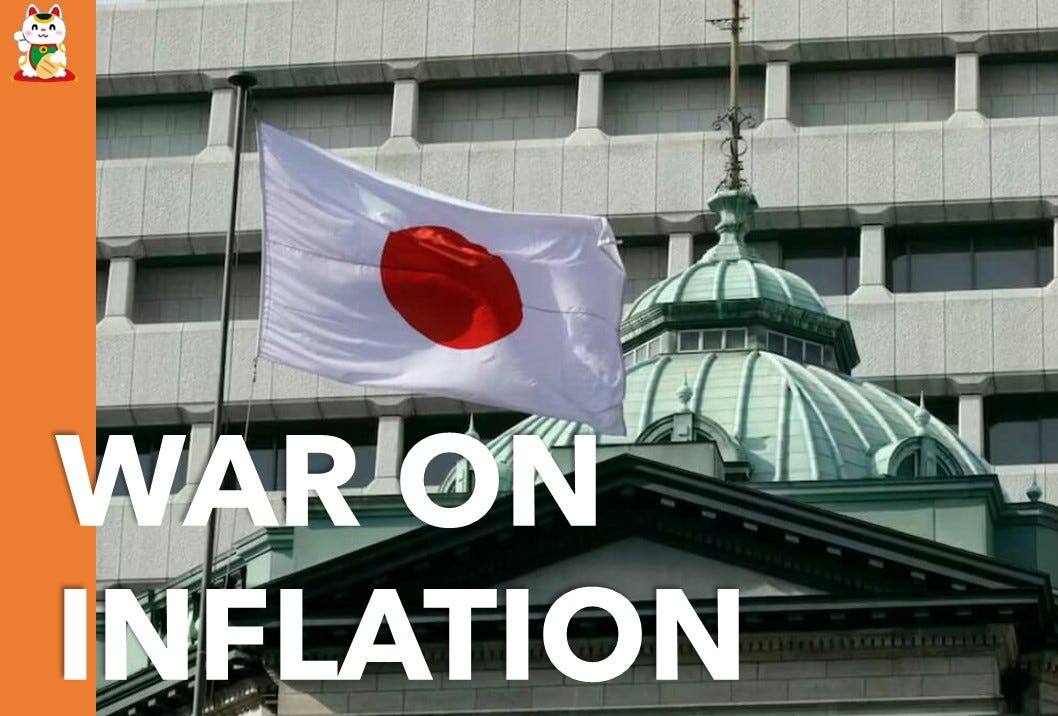What does a Japan with positive interest rates look like?
After 17 years, Japan moves away from negative interest rates, igniting discussions on the consequences for growth, fiscal sustainability, and the future of zombie companies
The Bank of Japan (BOJ) has “finally” made the call on March 19 to overhaul its financial policy. This move marks the end of the negative interest rate policy and the Yield Curve Control framework (YCC), shifting short-term interest rates to be maintained around 0% to 0.1%. Long-term interest rates will no longer have a set target, heralding the first r…
Keep reading with a 7-day free trial
Subscribe to KonichiValue Japan to keep reading this post and get 7 days of free access to the full post archives.



